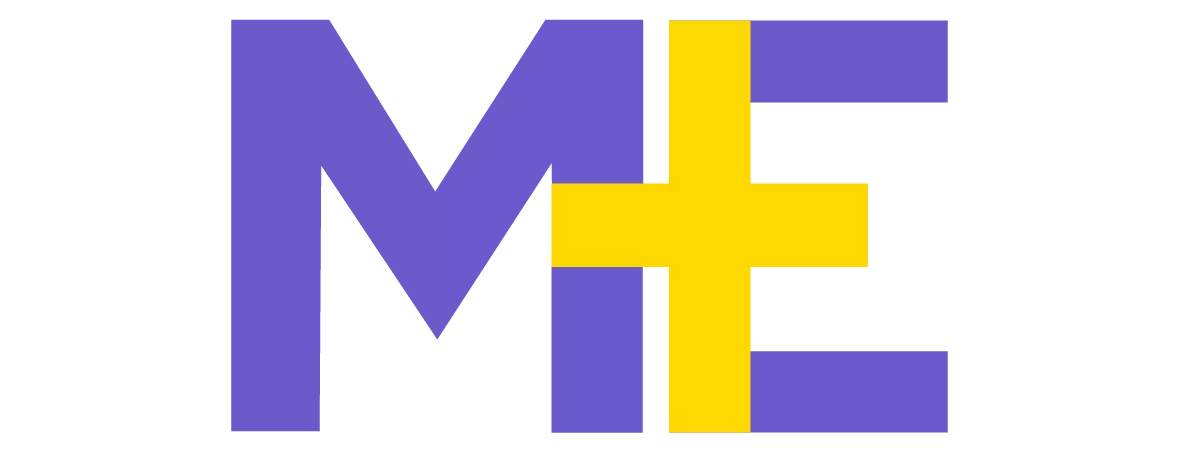Let’s rip the label off luxury – For decades, we’ve been told the same story: that Gucci bag? Handmade in Italy. That Hermès scarf? Crafted with Parisian precision. That Louis Vuitton wallet? The gold standard of European luxury.
But what if none of that is true?
A bombshell wave of videos from Chinese manufacturers has gone viral, and they’re not subtle. Factory owners and workers are stepping in front of the camera to say: “We made that bag. Not some Italian artisan. Us.”
And not just lookalikes. These whistleblowers claim they’ve been making the exact same bags, using the exact same materials, and following the exact same production specs, just without the branding.
Now, they’re done staying quiet.
In short clips on TikTok and YouTube, these factories are openly selling luxury-grade bags, jackets, and shoes directly to consumers, for a fraction of the price. Think $300 instead of $3,000. No monogram. No made-up French name. Just the product. No markup. No myth.
So what are you really paying for when you splurge on that designer tote?
Not the leather. Not the stitching. Not even the craftsmanship.
You’re paying for the story.
Because many of these “luxury” brands have been outsourcing manufacturing to China for years, only to stitch a “Made in Italy” tag on at the end. In some cases, investigations have shown Italian factories packed with underpaid Chinese laborers working in substandard conditions. But since the final stitch happens on Italian soil? Legally, it counts.
Feeling duped yet?
These revelations are more than internet gossip, they’re reshaping the very definition of luxury. If the same hands, same machines, and same materials are behind that $4,000 handbag and its $400 doppelgänger… what’s the value of the brand?
Sure, luxury houses scream “heritage,” “exclusivity,” and “craftsmanship.” But when the curtain’s pulled back, consumers are starting to ask: is it really worth it?
And the fashion world is nervous.
Because if consumers stop worshipping labels and start chasing transparency, the entire luxury business model could crack wide open.
So the next time you’re tempted by a four-figure handbag, ask yourself: are you buying the product, or just the fantasy?
You deserve to know the difference.

